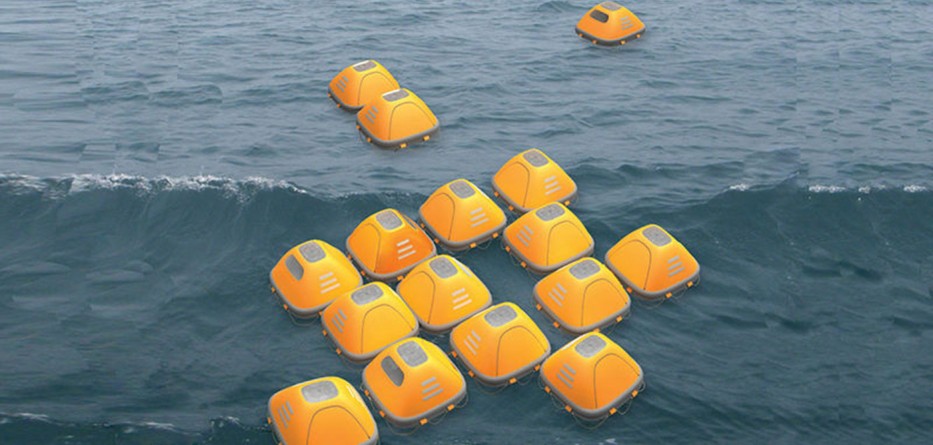The Duckweed Survival House is a new design concept created by Zhou Ying and Niu Yuntao. This design was aimed at aiding survival and assistance during natural disasters involving a large body of water such as floods and tsunamis. During such emergencies, floating is vital to survival. However, as the level of water rises and drops unpredictably in a very short amount of time, it becomes very tricky to survive in such situations.
And this is how the Duckweed Survival House comes in play. Even though the water level and the nature of the natural disaster is not so predictable in real time, the design of the Duckweed Survival House allows it to continuously float on the surface of the water at all times. The shelter is enclosed and is able to float on water naturally with occupants inside, just like a life raft. Not only that, there is a stem beneath it incorporated with a gas tank at its base. This allows for both stability in keeping the Duckweed Survival House upright at all times as well as filtration of seawater to provide freshwater in order to keep the occupants hydrated.
The Duckweed Survival House converts the seawater into freshwater with a reverse osmosis film near the base of the stem. The water is suitable for drinking and is accessible from an inlet located on the floor of the shelter. Fresh air is supplied to the occupants from the top of the Duckweed Survival House via an air vent. In case of an emergency, the Duckweed Survival House can be inflated in seconds with its built-in high-pressure carbon dioxide gas chamber.
If more stability is required from the Duckweed Survival House, a number of them can be clustered together. This has a lot of benefits because not only will the overall stability of the shelters increase, but their visibility will also increase. This is especially useful during the night when the fluorescent markers on the surface of the shelters begin to glow. This design won the 2015 Red Dot Award, a hint that it might just be the future of emergency shelters and potentially save millions of lives.
Source: interestingengineering.com













Where can I buy these homes?